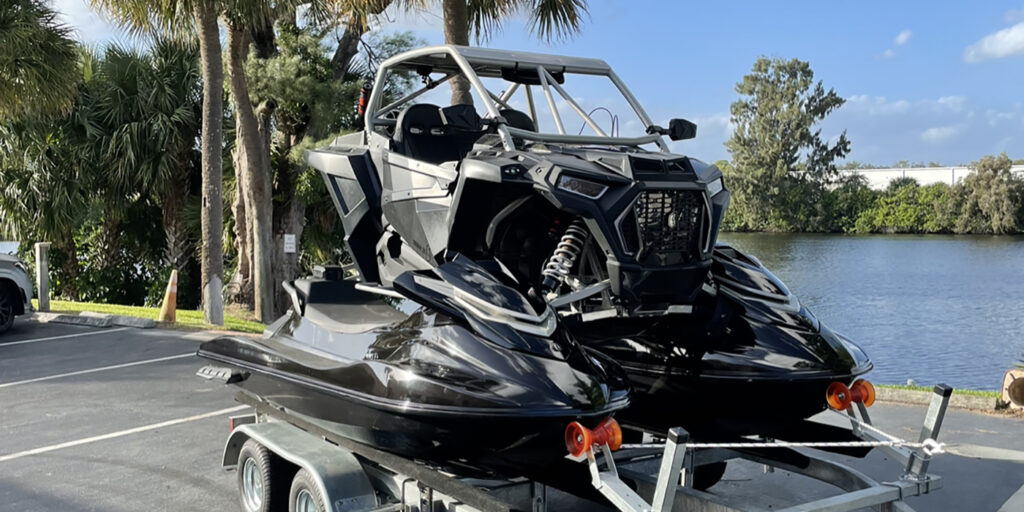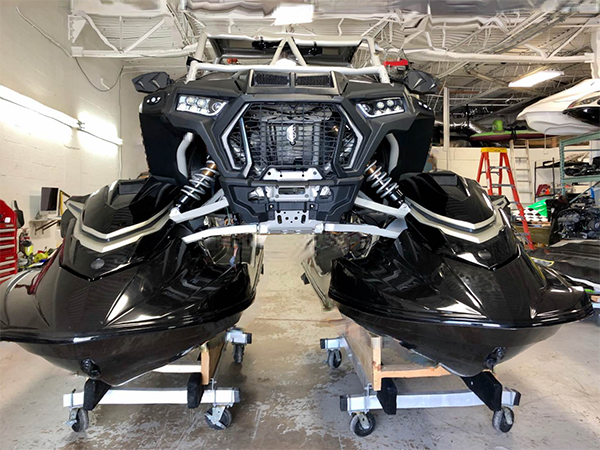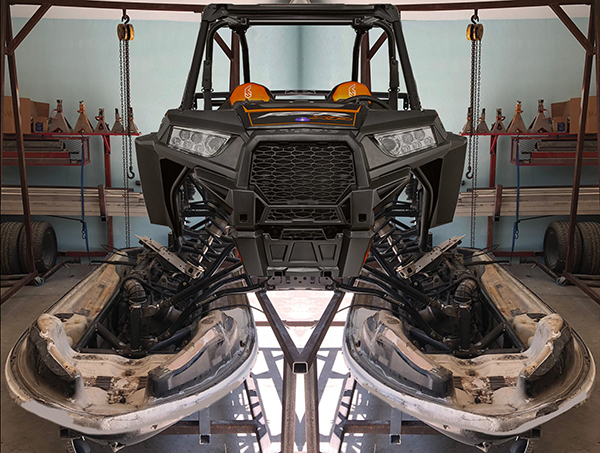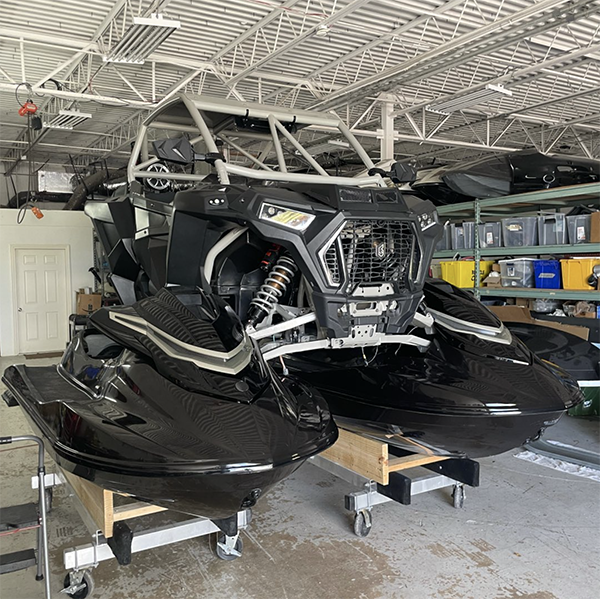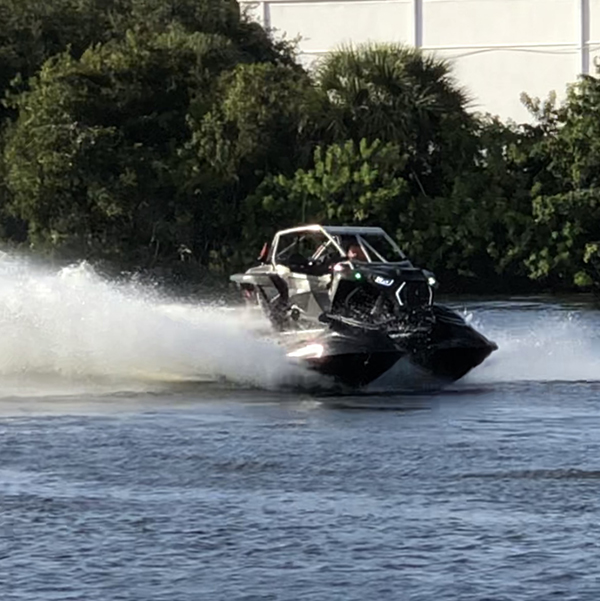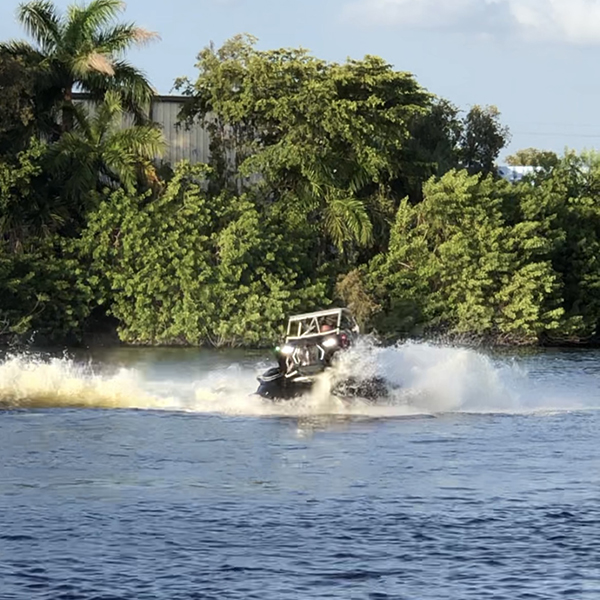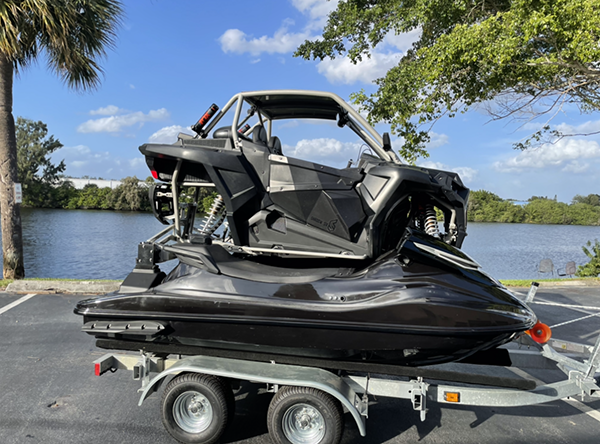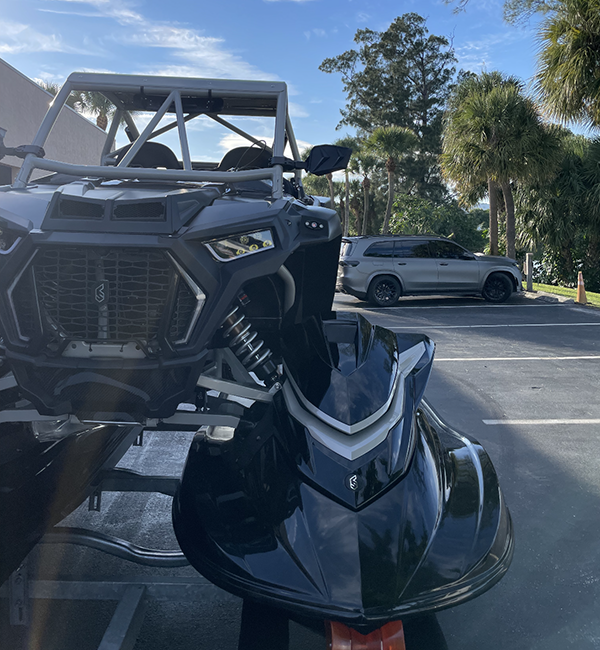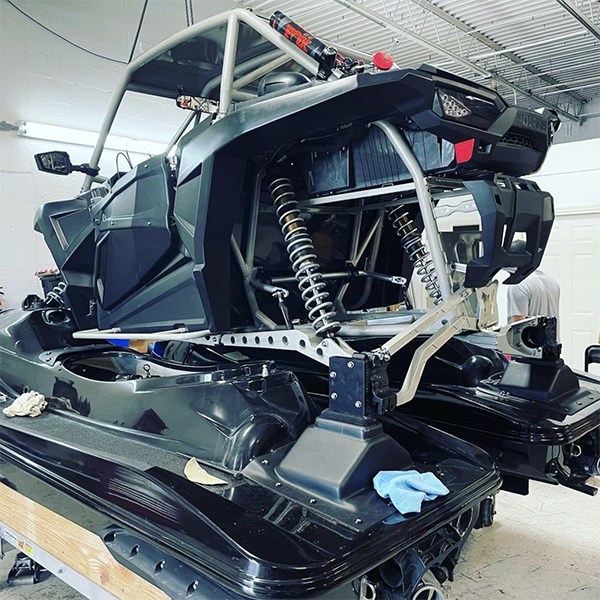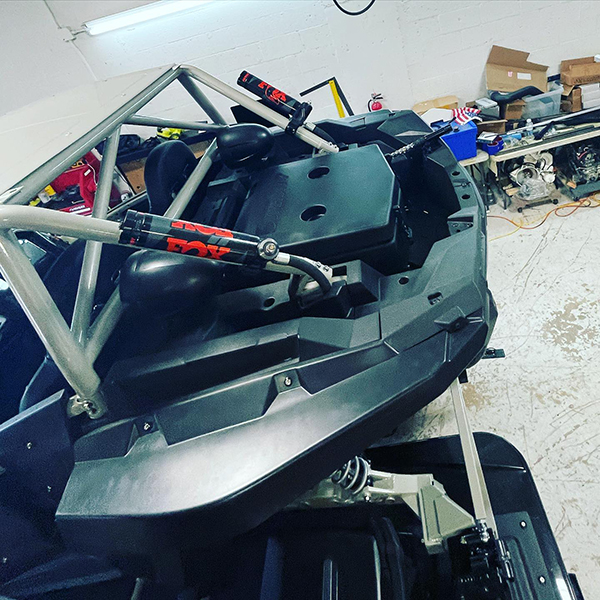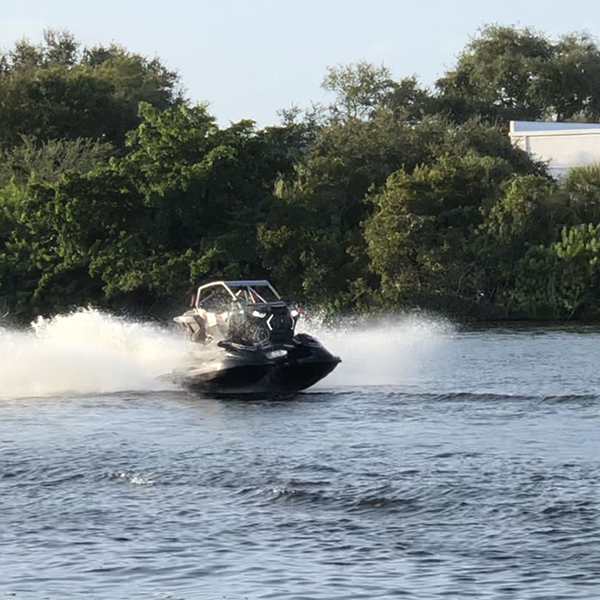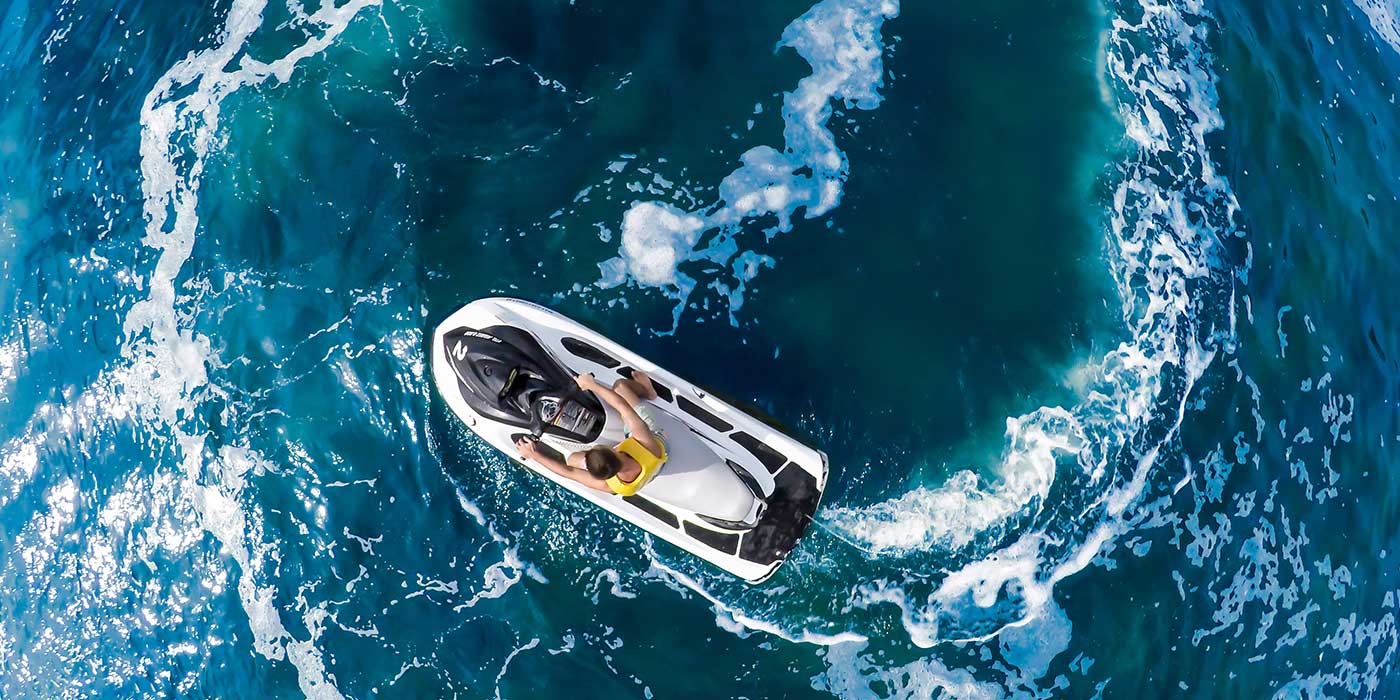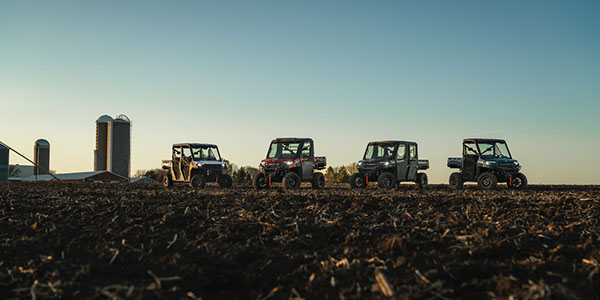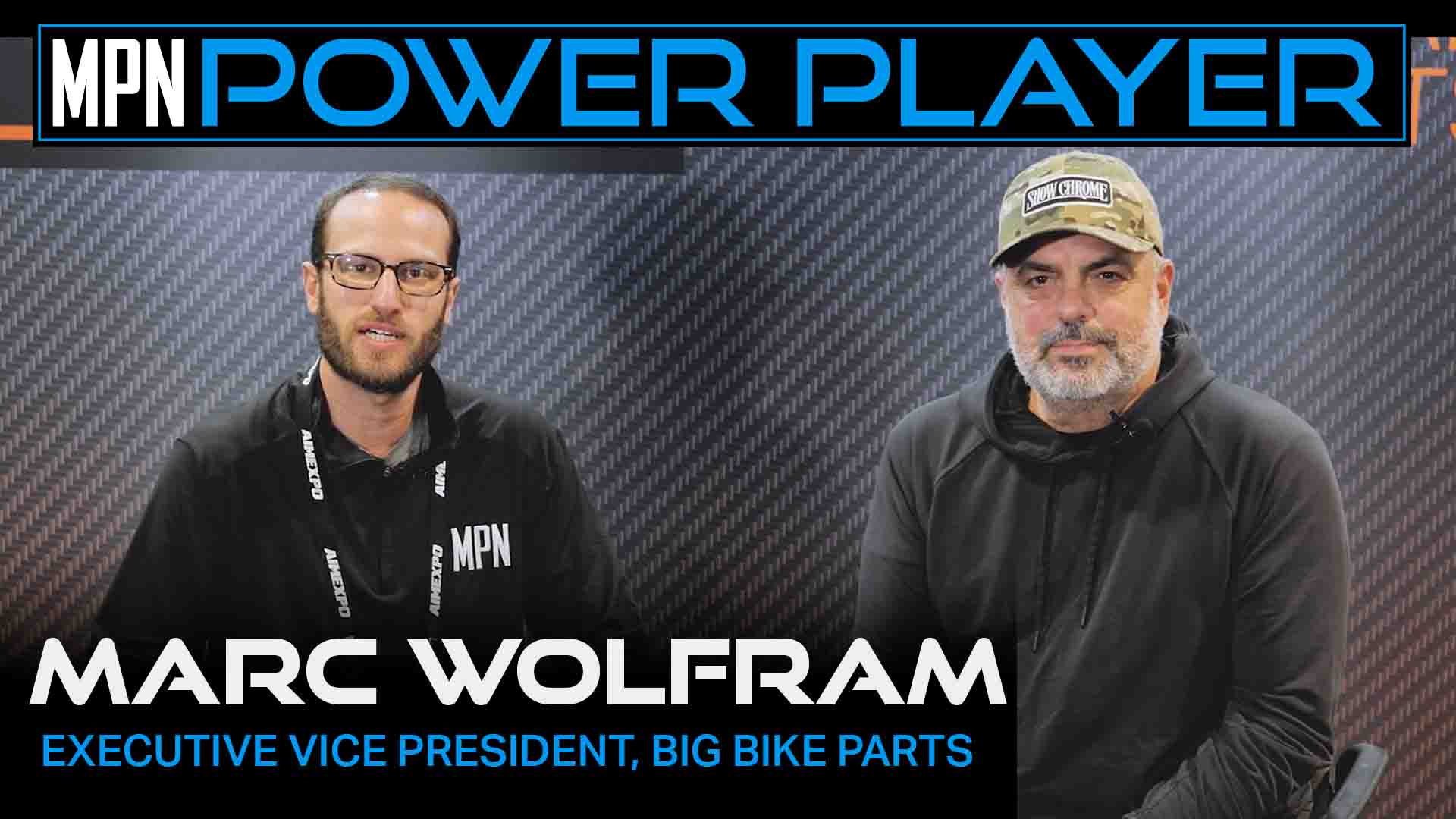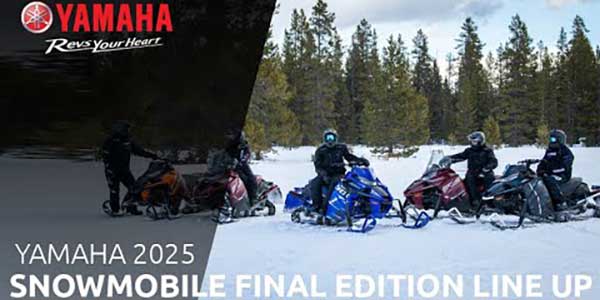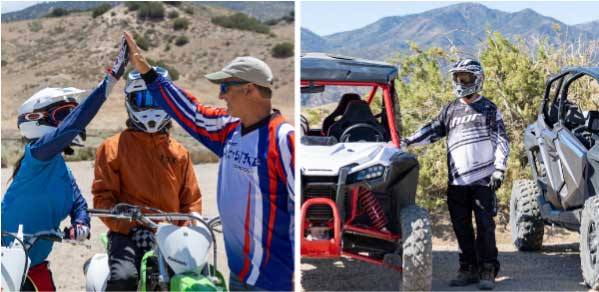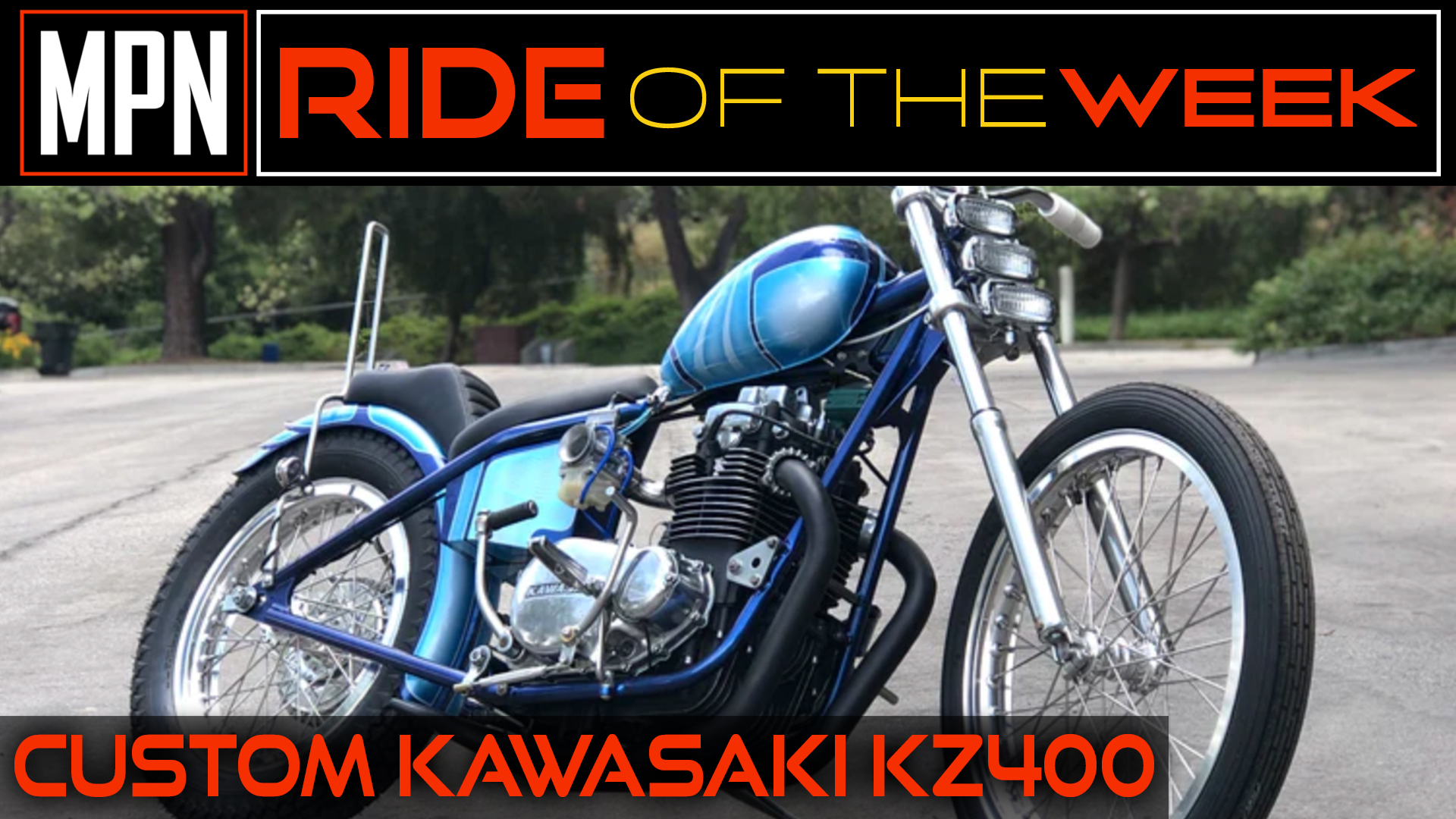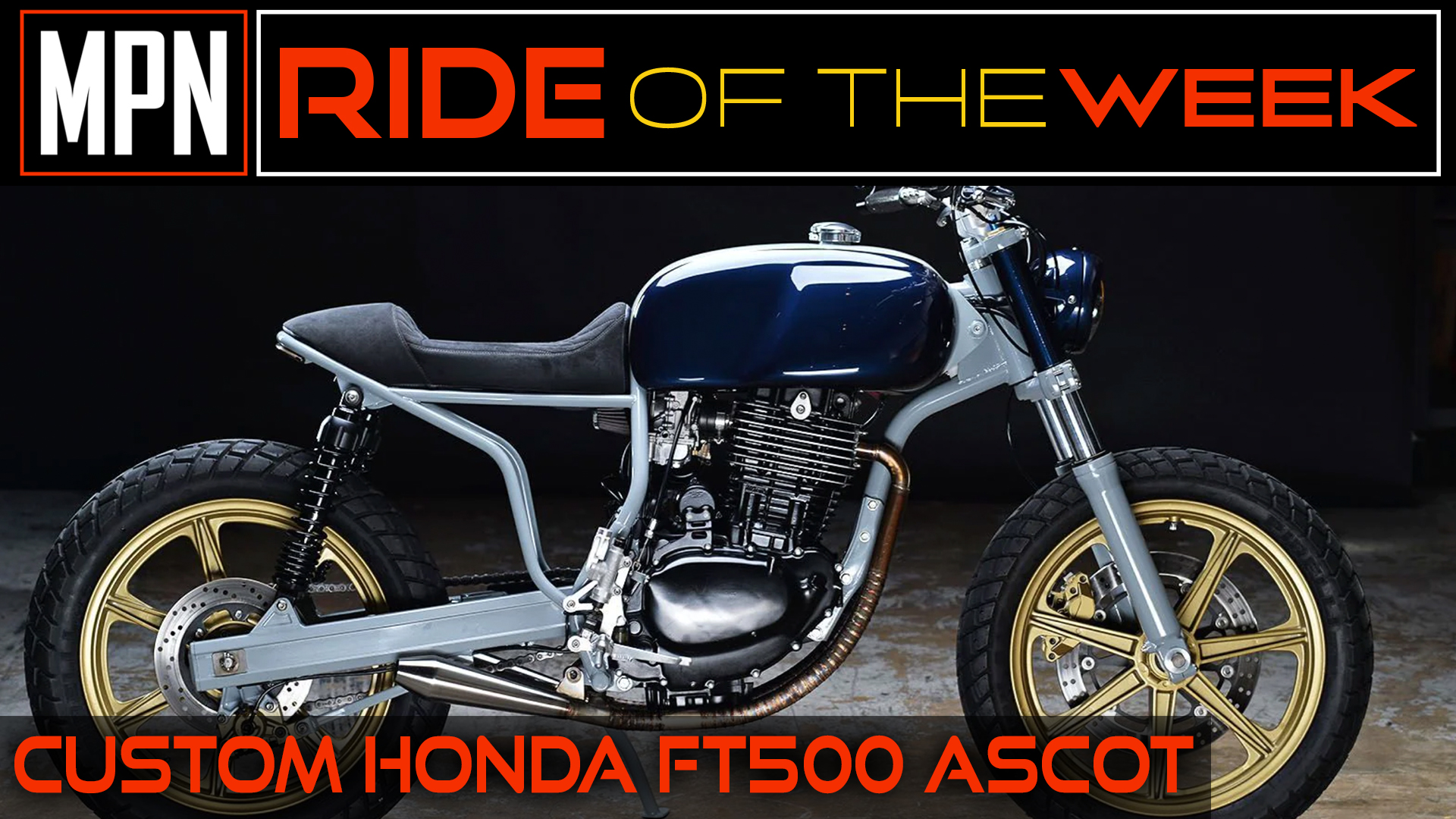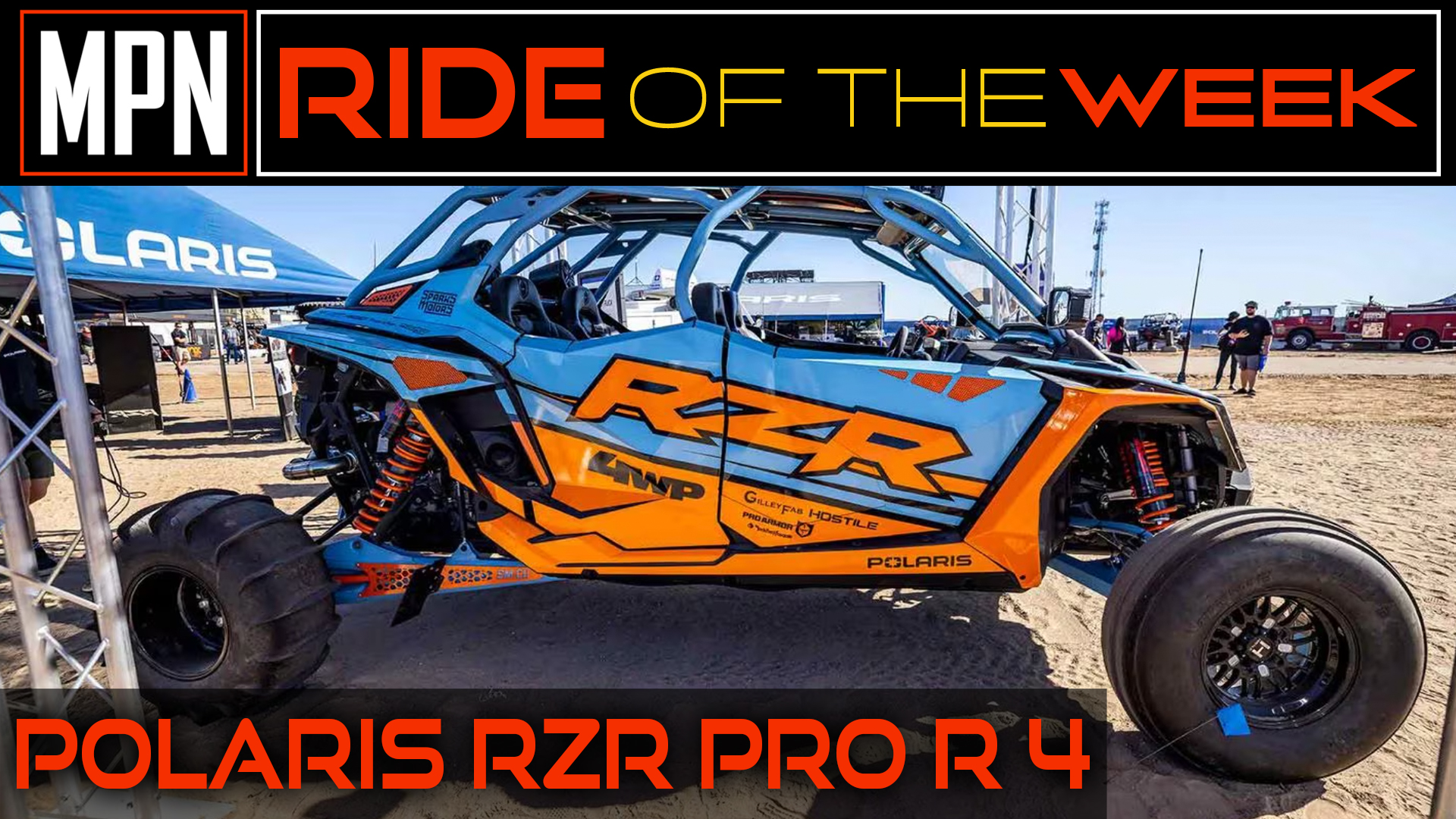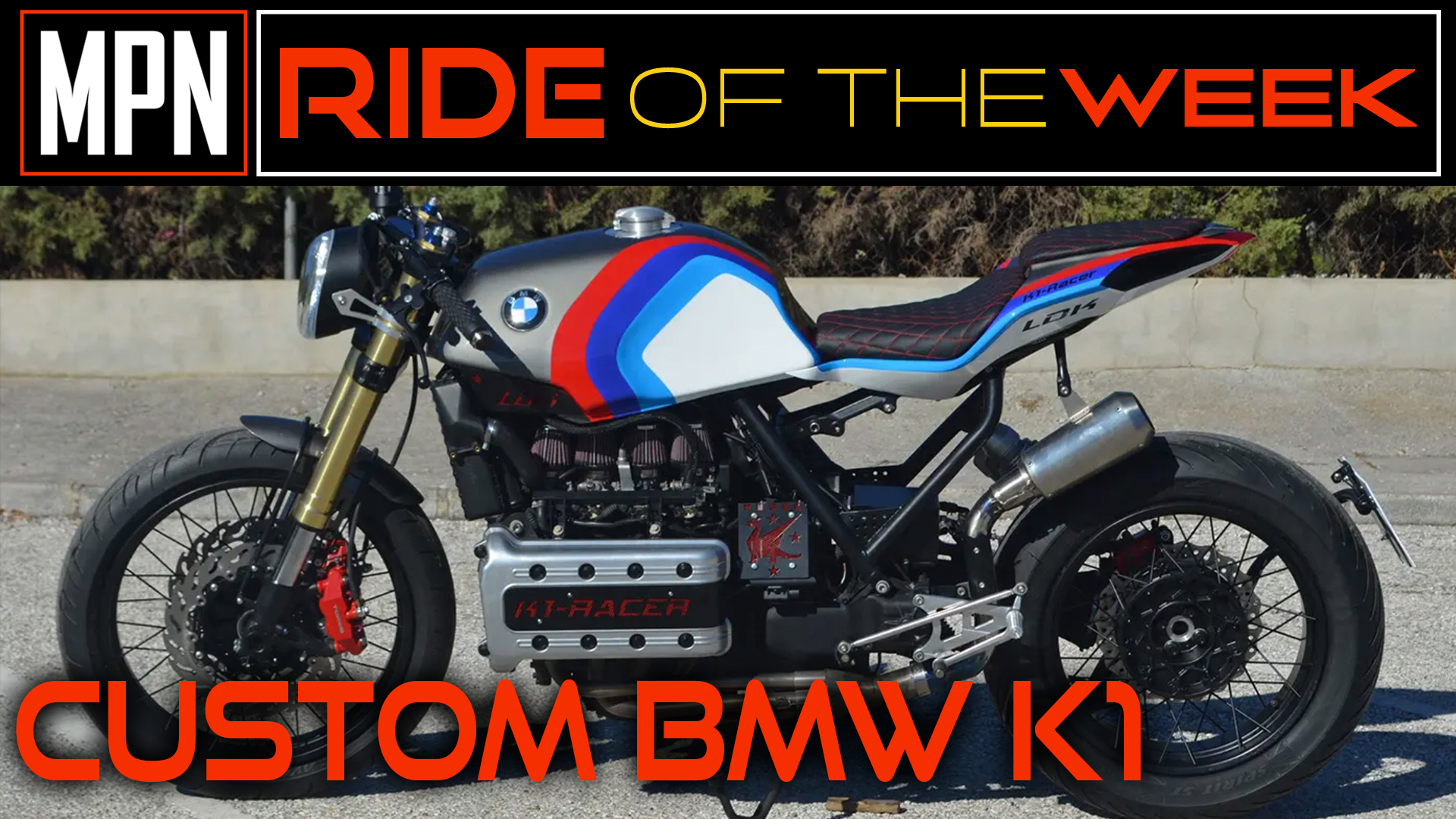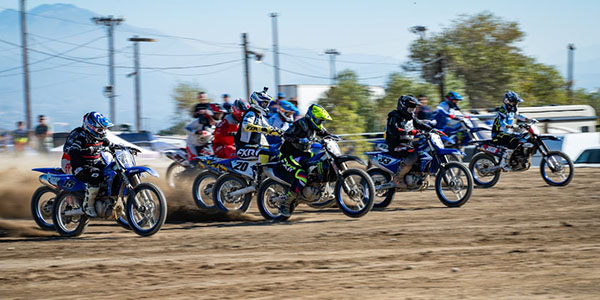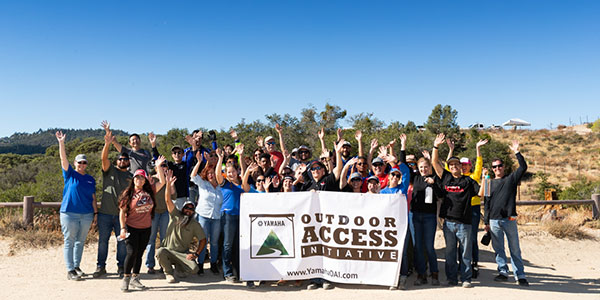A new Polaris RZR – $18,000. A pair of new Yamaha GP1800R SHVO WaveRunners – $30,000. Custom-built carbon fiber hulls, a titanium cage and numerous other powersports accessories – undisclosed amount. Combining it all together to engineer something completely unique to the powersports market that gives you an adrenaline-filled smile ear to ear – priceless.
You probably recognize this classic ad campaign from MasterCard, but we can virtually guarantee you haven’t seen a powersport vehicle or PWC quite like this before! When Ryan Goldberg released promotional videos of his latest engineering feat, an AUV (aquatic utility vehicle) which he calls the Typhoon – a powersport vehicle that’s part Polaris RZR and part Yamaha Racing WaveRunner – people lost their minds.
And I’m talking, I’ll trade you a Bugatti, a Lamborghini, a tiger, a ginormous stack of cash, lost their minds. Those are the kinds of messages Ryan got from people trying to get their hands on a vehicle of their own. In this case, it was an effort to get their names on the waiting list for this currently one-of-a-kind vehicle.
Ryan posted a video of the Typhoon in action on TikTok, and within three days he had 100,000 people following his Shadow Six Racing account – the business he started in 2017 to develop his idea into reality. However, Ryan Goldberg doesn’t come from a long background in motorcycles or powersport vehicles. He has a business background and is married to a successful plastic surgeon.
He told us he didn’t create the Typhoon for the money. He did it to create a better powersports experience for himself and his wife, and to give other enthusiasts that ear-to-ear smile only a unique vehicle like this can deliver.
While Ryan doesn’t have a professional background in this industry, he’s always enjoyed the vehicles, and has had an innate ability to create and re-engineer things.
“Ever since I was a little kid I’ve been into four wheelers, WaveRunners, jet skis, dune buggies –you name it,” Goldberg says. “If it flies, drives, floats, whatever, I’m into it. When I was probably six or seven years old, my parents would buy me fairly nice remote-controlled vehicles and toys. They’d get horribly upset because they’d find out that they were completely disassembled and pulled apart within a day of me getting them. Then, their minds were blown four days later when I had turned it into something completely new or I made an imaginary version of whatever it is that I wanted that didn’t exist. I never really grew up from that.
“I’ve kind of always been able to figure out on paper, from an engineering perspective, whether or not something could or could not work. I typically start there before going any further, and it’s usually working math and coming to a conclusion and seeing a final destination in my mind that fuels me through and makes me actually act on whether I want to build something or not. I have a habit of if it doesn’t exist and I want it, I can’t get it out of my head and I have to have it.”
The impetus for the Typhoon came from two different experiences Ryan had – riding a Polaris RZR in Las Vegas, and riding a WaveRunner in the Bahamas with his wife.
“In 2012-‘13, I drove a Polaris RZR and it blew my mind how well the suspension system worked,” Goldberg says. “As I’m experiencing this ride, I’m picking up all kinds of things from an engineering perspective as to the forces at play, how they were dealing with it and the way they designed things – sort of how the engineering was panning out. That built a fascination and took me down the road of learning about proper suspension setups, corner scales and using them to get more complete data.
“A year or two later, I talked my wife into going on the back of a WaveRunner with me. My wife is just not into powersports, but I got her to go out. I’m having a blast and we’re running this thing for a half an hour and two things were happening – we weren’t going very fast, but I was getting tired fairly quickly, and my wife was chirping in my ear, but I couldn’t really hear because we were front to back, and she’s yelling at me about how the saltwater is burning her legs and she’s getting splashed on the face and she wants to go back in and get dropped off.
“I ended up bringing the WaveRunner back and that started the seed in my mind. How do I make it so I can have the fun of riding this WaveRunner and have my wife also enjoy it? How do I keep from getting a sunburn? How do I make it into some kind of vehicle where I can have days like I used to hanging out enjoying motorsports with my buddies?”
You might be wondering if Ryan was trying to build a better WaveRunner or make a UTV function on water, but again, Ryan merely wanted something fun that could handle being out in the ocean and have extreme surf capabilities. He began to put his idea on paper and research what would make it a reality.
“People told me what I was doing is ridiculous,” he says. “Over the course of a year, I asked engineers to shoot me down. Tell me what I don’t know and tell me what I don’t have an answer for. Let me work it out from an engineering standpoint.
“At the time, it was really hard to explain to people what it is I wanted. I knew exactly what I wanted, but how exactly do you describe this without seeing it? I ended up making all the CAD drawings and we started building the vehicle at the lowest level.”
Goldberg bought two, used, crappy jet skis and built steel tube frames to customize a stock Polaris RZR, which was super heavy and was destined to have a lot of engineering problems.
“The reality was it wasn’t actually fast enough to test anything in terms of capabilities,” he says. “It wasn’t fast enough to roll it. It wasn’t fast enough to jump a wave. I could go over them just fine, and it turned on a dime. It did what it needed to. I got that first model done, and that’s when I realized a couple of things.
“From the idea of it being an easily built machine that would just come from bolts-on parts wasn’t going to happen. The other thing I noticed is there was nowhere near enough hull rigidity in a factory hull. That led me into wondering what racing teams do and how people who are out there on the Atlantic pounding waves at 85-95 mph, how is it that these guys aren’t breaking hulls?”
Ryan found out those folks are also breaking hulls, so he looked to the best, which happens to be a shop in his own backyard of West Palm Beach, FL called Wamilton’s Customs.
“Wamilton is kind of a mad scientist if you will, and the shop is internationally known, so I talked to him about the project,” Goldberg says. “He said, ‘If you want me to be excited about working on something with you and making these hulls, we’ve got to stick true to what I do, which is building race-ready vehicles and things that go extremely fast.’ That led to going all in on this build.”
Ryan bought two brand-new GP1800R SVHOs and ripped the engines and electronics out of them. Wamilton’s Customs had already built a custom racing hull for Yamaha that was for a race team out of Miami. In watching him build that, Ryan began inquiring about cross laying carbon fiber to minimize weight and maximize strength. That led to engineering discussions about flexing and whether things crack or don’t.
“Ultimately, we came up with a concept for a hull that is virtually indestructible,” Goldberg says. “It is not a factory hull and it’s not a factory ski. It is not something I would ever recommend trying to convert out of one because, frankly, that’s not what a WaveRunner is intended for. That’s also why there’s really no practicality to this vehicle ever being bolt-on. The custom hulls only weigh about 150-lbs. each – they’re far lighter than a stock ski.”
At this point, Goldberg knew he had something special. In fact, there are multiple pages of patents involved in the making of the Typhoon, and there are a number of elements Shadow Six Racing hasn’t released to the public as of yet.
“As you can probably imagine, if this thing is running 90-plus mph in 6-foot seas, and can jump 10 feet in the air, it’s a lot more than a standard WaveRunner hull,” he notes. “Not to mention, the vehicle has a massive active platform built into it. That is what allows it to have both skis lean in unison into turns. It’s got active trim and active throttle, and all of those things are what allow it to perform the way that it does.”
When sitting behind the wheel, you’ll find the cockpit, steering and throttle control is also a little unique. There is a throttle on the right for the gas and a lever on the left side of the steering wheel for your brake and reverse.
As for the Yamaha Racing engines Goldberg pulled out of the GP1800R SHVOs, those ended up being modified with accessories from RIVA Racing. That’s where some of the extra horsepower comes in, giving the Typhoon 700 horsepower of pure performance.
“It’s an extremely reliable machine that does exactly what it’s supposed to,” he says. “It’s the experience of driving a Polaris RZR with endless space to open the throttle or hit jumps or whatever you like anywhere you look with the ability to pull up to a dock and go grab food and hop back on this thing. It’s got cup holders. It’s got a stereo. It’s got GPS – you name it. It’s the best of all these worlds because it’s a big boy toy. It’s a 100-mph UTV on the water.”
Due to that fact, one of the biggest misnomers is that it would ever make sense to start out with a stock Polaris RZR and strip it. In reality, that’s not at all what Goldberg did.
“People are absolutely correct that you would have a ton of weight issues and a ton of other problems,” he says. “Frankly, the only thing that really is from a Polaris RZR is the plastic. The Typhoon is predominantly titanium and carbon fiber, and that’s another reason for the speed. We worked with a company called RaceTech Titanium on a custom cage, so the frame doesn’t buckle when you jump. And, not only are the hulls also custom made for the purpose of rigidity and speed, but it’s also designed to have an extremely low center of gravity because the weight is the engines.
“Everything is all completely custom built. The A-arms and trailing arms are all completely custom built. I started out with SuperATV parts that are modified in the fashion that I needed. The suspension is all Fox suspension. It’s the Podium 3.0 system. We have SuperATV limiting straps. There are also mounting points that handle a lot of the technicalities, but it’s not just a metal frame or anything. It’s a solid mount that goes to an active platform and that’s where a lot of magic happens like vibration dampening and the hulls leaning together, etc.
“There’s a fiberglass and aluminum platform built into the hull. That allows us to mount another section that has the components that would connect to modified A-arms. There’s a lot of reason for that, such as the articulation of skis because one may go up in the water while the other goes down. As the whole ski goes up that affects front and rear suspension, so it needs to be able to articulate and move in the whole range of motion without binding.”
Because the vehicle doesn’t weigh anywhere near what a RZR does, Goldberg said he also added an Eibach sway bar system that’s fully adjustable, which is what eliminates body roll while still allowing the capability to hit a wave and send it. In addition, the Fox suspension system is dual rate suspension, so dampening, rebound and other attributes can be adjusted.
“That has allowed us to dial it in,” he says. “The suspension handles incredibly. It turns on a dime and all of those things are definitely working together. Without any one part, it could easily turn into a very different vehicle and perhaps an unsafe one. It’s definitely not a do-it-yourself vehicle by any means.”
Since this vehicle would be hard to replicate, and illegal due to patent protection, the goal for Ryan and Shadow Six Racing is to bring it to mass market. Ryan started Shadow Six Racing in 2017 to do just that.
“The real reason I wanted this thing was to have one for me,” Goldberg says. “Then, the doors opened to step it up and go carbon fiber and titanium and see how light and how fast and how capable I could actually make this thing. There is nothing else like it. We’re bringing something to market that doesn’t exist. It’s not WaveRunner riding. It’s not riding a UTV. It’s none of those. It’s them combined together and even better – like chocolate and peanut butter.
“You couldn’t possibly convey words through an article the same way without having sat behind the wheel and feeling that torque of grabbing the throttle and the tightness of the turns and the capabilities of the suspension. It’s just sensory overload.”
As Shadow Six Racing continues to tease the vehicle, it’s clear there’s a big appetite for a vehicle like this. In fact, Ryan has more people than he can possibly reply to who are interested in deposits.
“I’ve got a waitlist right now and with the infrastructure we have and the manpower, I’m looking at 12 months before I’m ready to take orders,” he says. “I want to know I have everything sourced. I want to know, before I take a dollar of yours, that I have everything I need to complete your project. I want to know that I’m going to be able to deliver in every way that I want to. We’re looking at around 12 months to fulfill what’s already been spoken for.”
As for an expected retail price, that’s still to be determined, but Goldberg told us his version of the Typhoon cost roughly $250,000.
“Practically speaking, in a grassroots style, we’re looking at close to $250,000 for a machine like this,” he says. “If I’m successful with partnerships and bringing other companies in that have already taken on some of that upfront design and development and have the infrastructure and capability to build certain things for me, then I could obviously turn these out much more quickly and probably have a decent reduction in price. Now, at the end of the day, it’s still going to be expensive.”
And that’s the luxury of a unique vehicle such as this when it comes to price. But, let’s be honest, how can you put a price on a smile you can’t wipe off your face?
“I just love the smile it puts on people’s faces,” Goldberg says. “Even through posts people are getting so excited about it. For me, that’s what matters in life.”
Ride of the Week is sponsored by CanDo International. If you have a motorcycle, ATV, UTV, snowmobile or jet ski you’d like to feature in MPN’s Ride of the Week series, please email MPN Editorial Director Greg Jones at [email protected].

